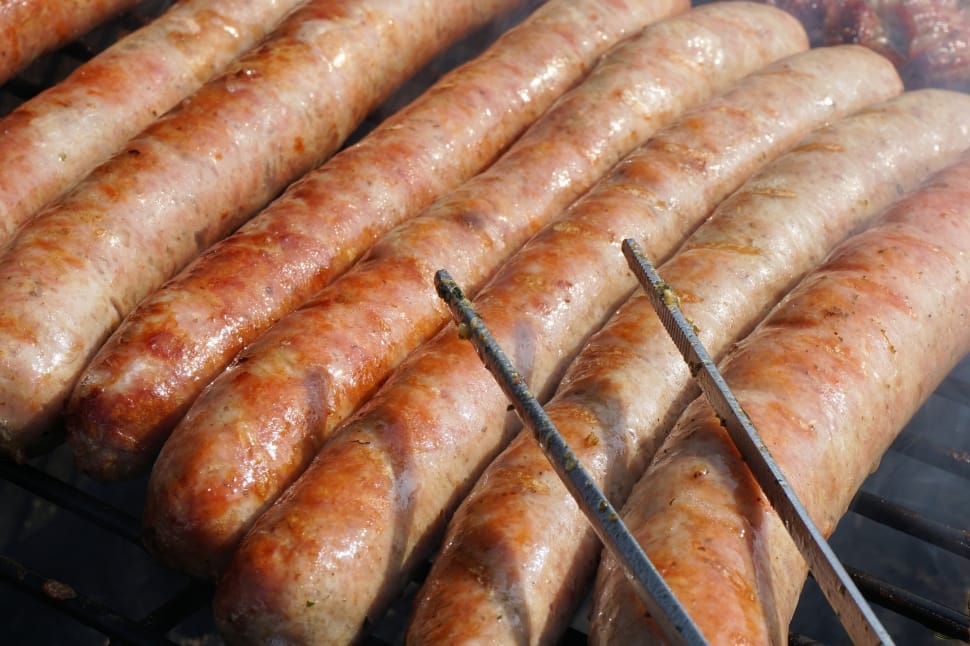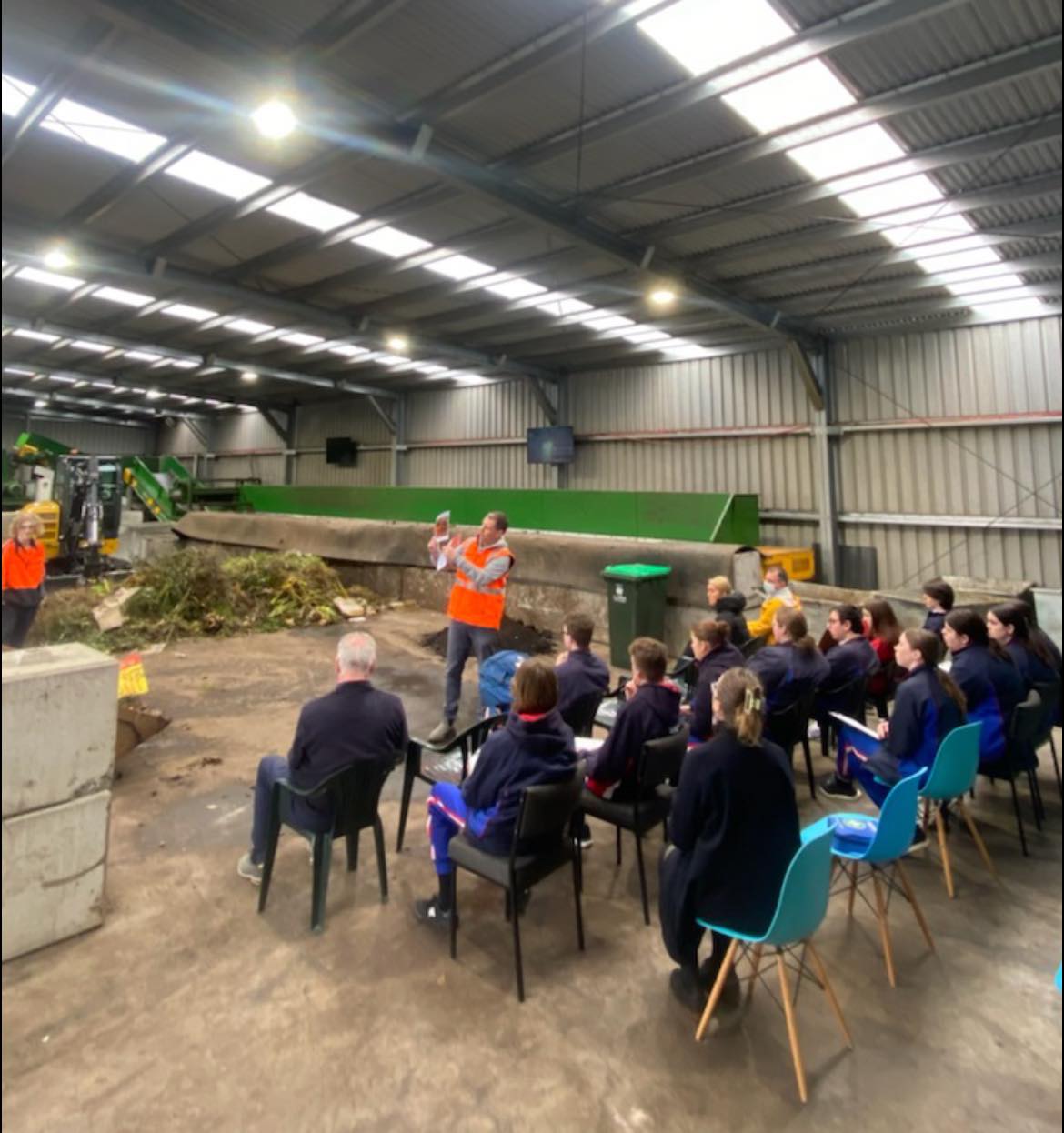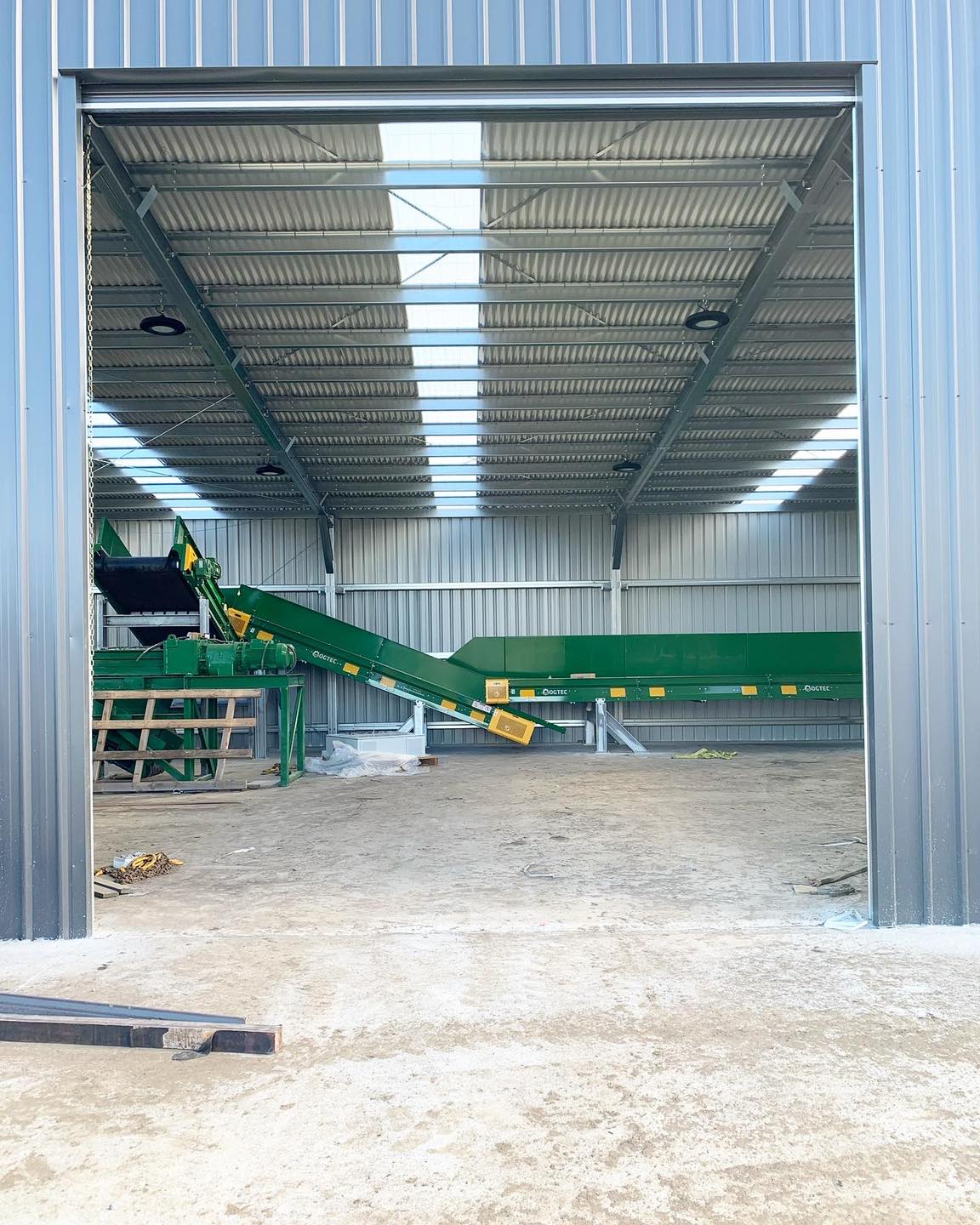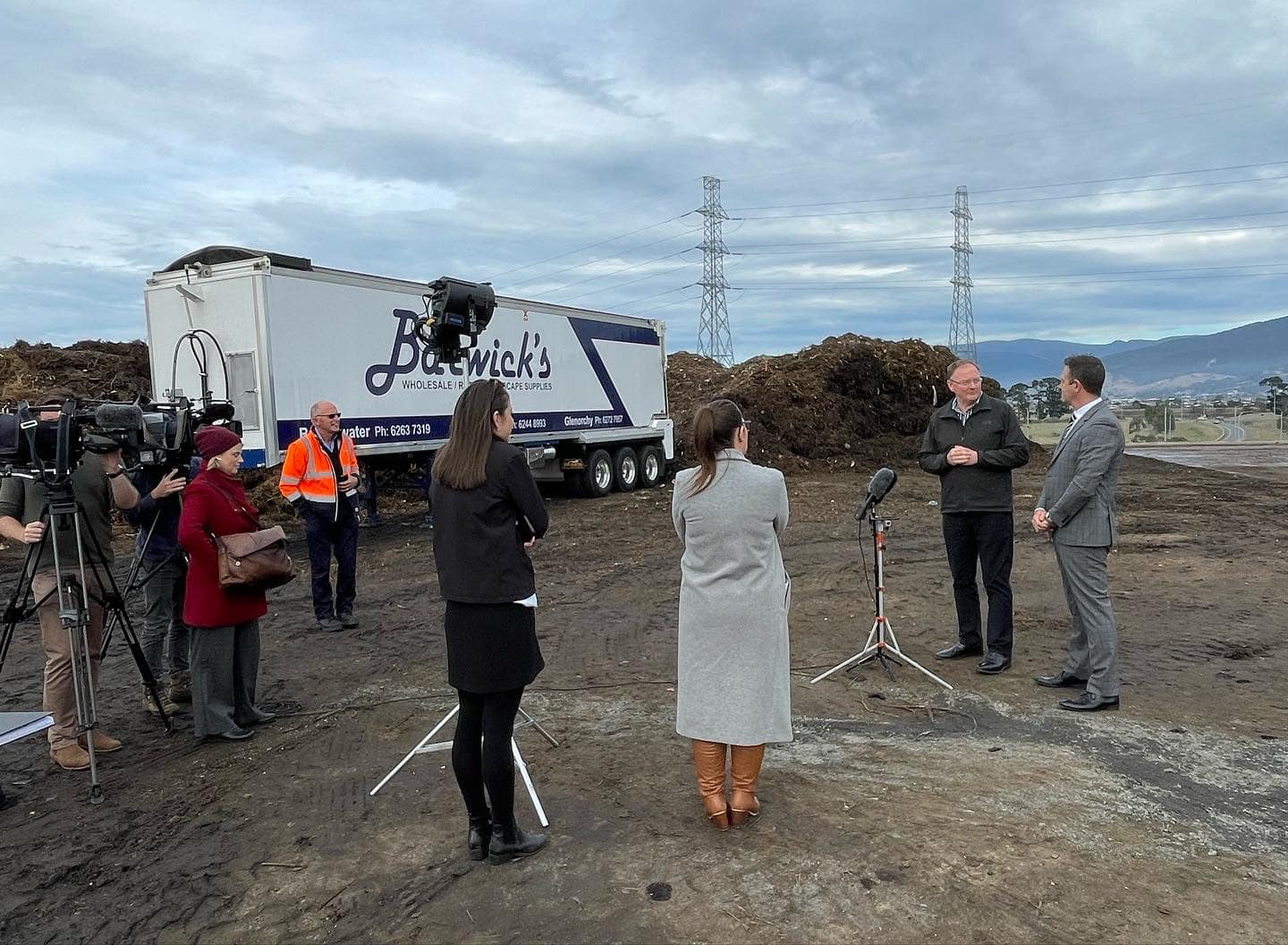In-vessel composting (IVC) is a modern composting process where organic waste (e.g. food and garden waste) is put into enclosed tunnels to decompose into compost, instead of the more traditional outdoor composting method where organic waste is placed in long rows to compost (windrow composting).
In-vessel composting is a better method of composting for the following reasons:
- The tunnels are sealed and no bad smells are released into the environment
- The tunnels capture any water run-off for reuse and no water is released into the environment
- The tunnels are inside so heavy rains or high winds have no impact
- The organic waste is monitored 24/7 by multiple sensors that track heat and water. This helps us monitor the material and make sure it’s composting at a high enough temperature for pasteurisation to take place.
For a complete, step-by-step description of the IVC process, download this document [.pdf, 1,383 KB].



